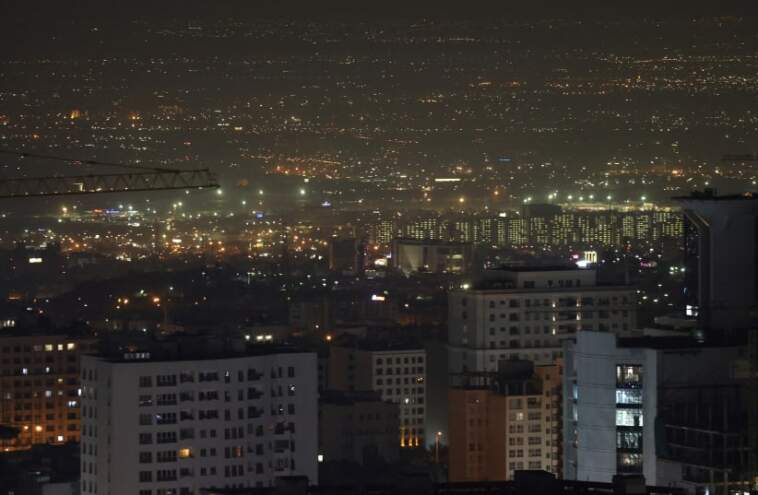(Jerusalem Post) The Israel Air Force struck a dozen targets in Iran that were used to produce solid fuel for long-range ballistic missiles as part of its retaliatory military action against the Islamic Republic, severely harming Tehran’s ability to replenish its inventory, it was reported on Saturday night.
The targets struck were sophisticated equipment that Iran could not produce on its own and had to be purchased from China, Walla reported. The targets were a critical component of Iran’s ballistic missile program, Walla cited three anonymous Israeli sources as saying.
An American researcher said an Israeli airstrike on Saturday hit a building that was part of Iran’s defunct nuclear weapons development program, and he and another researcher said facilities used to mix solid fuel for missiles also were struck.
The assessments based on commercial satellite imagery were reached separately by David Albright, a former UN weapons inspector, and Decker Eveleth, an associate research analyst at CNA, a Washington think tank.
They told Reuters that Israel struck buildings in Parchin, a massive military complex near Tehran. Israel also hit Khojir, according to Eveleth, a sprawling missile production site near Tehran.


Iran’s military said the Israeli warplanes used “very light warheads” to strike border radar systems in the provinces of Ilam, Khuzestan and around Tehran.
In posts on X, Albright said commercial satellite imagery showed that Israel hit a building in Parchin called Taleghan 2 that was used for testing activities during the Amad Plan, Iran’s defunct nuclear weapons development program.
The U.N. nuclear watchdog, the International Atomic Energy Agency, and US intelligence say Iran shuttered the program in 2003. Iran denies pursuing nuclear weapons.
Albright, head of the Institute for Science and International Security research group, was given access to the program’s files for a book after they were stolen from Tehran by Israel’s Mossad intelligence agency in 2018.
On X, he said the archives revealed that Iran kept important test equipment in Taleghan 2.
Iran may have removed key materials before the airstrike, he said, but “even if no equipment remained inside” the building would have provided “intrinsic value” for future nuclear weapons-related activities.
Albright told Reuters that commercial satellite imagery of Parchin showed Israel damaged three buildings about 350 yards (320 m) from Taleghan 2, including two in which solid fuel for ballistic missiles was mixed.
He did not identify the commercial firm from which he obtained the images.






